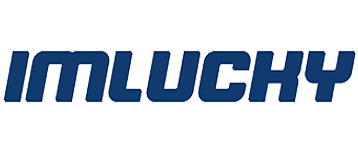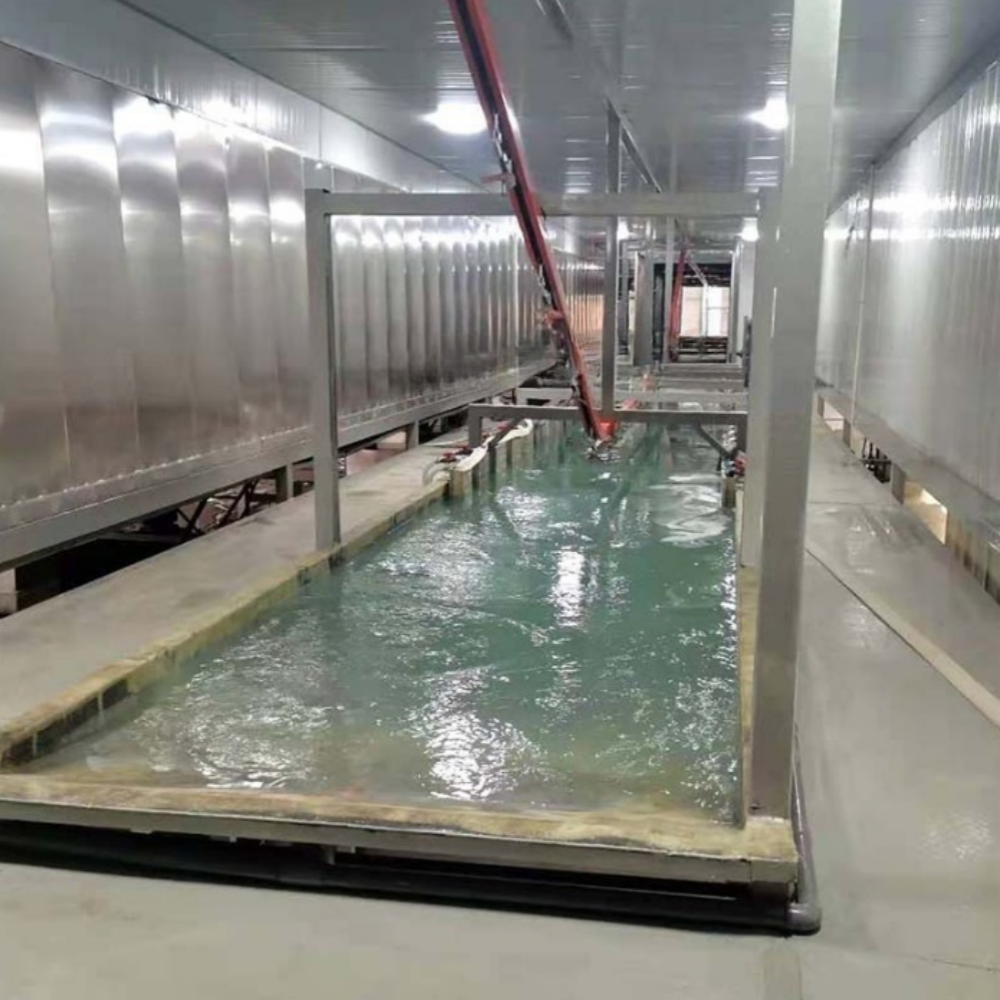Automotive Industry: The Largest Consumer of E-Coating Technology
Why E-Coating Dominates Automotive Manufacturing
The automotive industry makes up well over half (about 60%) of all e-coating lines around the world because these coatings just work so well at protecting complicated car parts. According to some recent data from the North American Automotive Coatings Report in 2024, the United States actually controls most of this market at around 75.6%. Car manufacturers are really pushing for those special coatings that stop rust on things like frames, parts underneath the car, and even electrical components. What makes e-coating stand out is how it uses electricity to deposit paint evenly on tricky shapes and angles. This gives it a real edge compared to regular spray painting when dealing with stuff like engine mounts or suspension pieces where getting good coverage matters a lot.
How Electrophoretic Coating Prevents Corrosion in Vehicles
E-coating lines immerse metal parts in a water-based solution, using electrical currents to bond paint particles at the molecular level. This creates a seamless barrier against road salts, humidity, and industrial pollutants. Independent testing shows e-coated automotive parts withstand 1,500+ hours in salt-spray environments—3x longer than traditional coatings.
Case Study: E-Coating Integration in Major Auto Parts Facilities
Leading manufacturers now run fully automated e-coating lines capable of processing 10,000+ parts daily. One facility reduced paint waste by 40% after switching to electrophoretic systems, while achieving 99.8% coverage on aluminum battery housings—a vital requirement for electric vehicle (EV) durability.
Growing Demand for Durable Finishes in Electric Vehicles
EV production has intensified the need for coatings that protect sensitive electronics and lightweight alloys. According to a 2023 automotive paint market analysis, 78% of new EV models use e-coating for motor components and structural frames to prevent galvanic corrosion between dissimilar metals.
Cost Efficiency and High-Volume Production Strategies with E-Coating Lines
Car manufacturers typically see around 15 to 20 percent savings on coating costs when using automated systems instead of manual spraying techniques. The main reason? Paint transfer efficiency jumps from just 30-40% with traditional methods up to an impressive 100% with modern equipment. Plus, infrared drying cuts curing time in half compared to standard processes. What's even better is that most automotive plants can recover about 95% of those overspray particles through their closed loop systems. For large scale operations manufacturing over 200 thousand cars each year, these kinds of improvements aren't just beneficial they're absolutely necessary if they want to stay compliant with increasingly tough EPA regulations on emissions without breaking the bank.
Home Appliances: Achieving Long-Lasting, Uniform Finishes with E-Coating
Applications of E-Coating in Consumer and Commercial Appliances
E coating lines are now essential in making all sorts of appliances including fridges, washers, dishwashers, and those big HVAC units we see everywhere. What makes this tech so valuable is how it gets into every nook and cranny - those little hinges, metal brackets inside, and other parts most people never even think about but which actually determine how long an appliance will last before needing repairs. Take commercial dishwashers as a good example here. These machines deal with constant exposure to steam and strong cleaning chemicals day after day. Without proper e coating protection against rust and corrosion, these vital components would start failing much sooner than expected, leading to expensive breakdowns down the road when businesses least expect them.
Advantages of Uniform Coating on Complex Metal Components
Electrophoretic coating works by submerging components into a tank filled with electrically charged paint particles. The result? A consistent layer between 5 to 20 microns thick, which sticks evenly to complex shapes such as spiral springs or layered mechanical joints. Unlike traditional spray techniques that often miss corners and edges, this method gets rid of those trouble areas where corrosion tends to start first. Studies indicate it cuts down early rust formation by around two thirds when compared with standard painting approaches. Plus, the finish ends up so smooth that factory workers find assembly much easier, and there's far less need for touch-ups or additional grinding after production.
Cost-Effectiveness for High-Volume Appliance Manufacturing
By integrating e-coating lines, appliance makers coat 300–500 parts per hour with 98% material utilization—far surpassing powder coating’s 70–85% efficiency. This scalability reduces per-unit costs by 18–22% for mass-produced items like oven racks or refrigerator shelves. Facilities also save $40–60k annually through reduced rework and warranty claims linked to coating failures.
Industrial Equipment and Metal Fabrication: Maximizing Durability and Reducing Maintenance
Corrosion Resistance Needs in Heavy-Duty Machinery
Heavy duty industrial gear has to withstand brutal conditions all day long. Think about constant exposure to water, harsh chemicals, and extreme temperatures that eat away at metals faster than most people would expect. Electrocoating offers something special here though. Equipment treated with e-coat gets way better protection against rust and decay compared to old school spray coatings. Mining companies rely on it for their massive drills, farmers need it for tractors working in muddy fields, and offshore oil platforms depend on it too. What makes e-coating so effective? It forms a solid polymer barrier without pores or gaps that stop corrosion dead in its tracks. This works wonders in places like coastal areas where saltwater attacks metal surfaces or in chemical plants dealing with corrosive substances daily.
Complete Coverage and Consistent Thickness in Large-Scale Fabrication
E-coating’s electrophoretic deposition ensures uniform 15–30 micron thickness across intricate weld joints, internal channels, and recessed areas unreachable by manual methods. This eliminates weak spots in structural beams, hydraulic systems, and conveyor components. Manufacturers achieve ±2% thickness consistency—critical for load-bearing parts in cranes and industrial presses.
Long-Term Cost Savings Through Enhanced Coating Durability
While e-coating lines require higher initial setup costs, they reduce lifetime maintenance expenses by 37%. Facilities eliminate frequent recoating cycles for crushers, mixing tanks, and processing equipment—extending service intervals from 18 months to 5+ years. This durability directly lowers parts replacement rates and unplanned downtime in 24/7 operations.
Metal Furniture, Hardware, and General Parts: Scalable Solutions for Diverse Geometries
E-Coating for Aesthetic and Functional Enhancement of Metal Furniture
Metal furniture gets two big advantages from e-coating lines: protection against rust and a smooth finish that looks great. Traditional powder coating just doesn't reach those tricky spots like recessed joints or welded seams, but electrophoretic deposition covers everything evenly all around. This makes all the difference for things like outdoor tables, shelves, and decorative pieces that get hit by moisture regularly. According to research published last year, parts treated with e-coating lasted almost three times longer than ones dipped in paint when tested under harsh weather conditions. For businesses buying furniture in bulk, this means fewer replacements over time and significant savings in the long run.
Uniform Coating Advantages Across Intricate and Small-Scale Hardware
E coating works really well for those tricky shapes such as hinges, brackets and all sorts of fasteners, getting down to around 20 microns thick or less. Spray methods just cant match this because they tend to build up unevenly, especially on those sharp corners where protection is needed most. When looking at factories making over 50 thousand pieces of hardware each month, switching to e coating cuts down on having to fix things later by about 15 to 20 percent. Plus it keeps colors looking the same from one batch to another, which matters a lot when quality control is important.
Balancing High Initial Investment with Long-Term Production Savings
E coating systems do come with some hefty initial expenses when it comes to setting up pretreatment areas and those big curing ovens. But many manufacturers find they start seeing their money back within about three to five years because there's just so much less wasted material and fewer workers needed for the job. The automated conveyor belts really make a difference too. Factories using these systems typically see around a 65 percent reduction in all that manual work compared to what was done before. When companies start producing large quantities of items like cabinet handles or structural brackets, the cost per piece drops anywhere from 22 to 30 percent once things get rolling at full capacity. This kind of makes sense if we think about lean manufacturing approaches where efficiency matters most.
Emerging Applications and Future Trends in E-Coating Line Adoption
Expansion into Renewable Energy, Transportation, and Infrastructure
Electrocoating technology is becoming increasingly popular across renewable energy installations, particularly because parts need to withstand corrosion when placed in tough conditions. Wind turbines and solar panels mounted on racks often face extreme weather, making this protection essential. Many infrastructure developments these days call specifically for steel treated with electrocoating processes for things like bridge construction, support structures around power grids, even those new electric vehicle charging points that keep popping up everywhere. These specifications help ensure materials last at least half a century before needing replacement. Looking at transportation applications, rail systems and shipping containers are getting coated too. Industry reports suggest market growth could hit around 18 percent within five years as companies throughout the world work harder than ever to prevent metal from rusting out in their supply chain operations.
Innovations Driving Cross-Industry Use Beyond Traditional Sectors
New developments in low temperature cure formulas have opened up possibilities for applying e-coatings on materials that can't handle heat, such as certain polymer composites. This means we can now coat parts used inside airplanes and even some medical devices without damaging them. The UV curable versions cut down on energy needs during curing by around forty percent when compared to older methods, which makes these coatings accessible even for small scale manufacturers who might not have huge budgets. What's interesting is how this fits right into what the EPA has been pushing lately. E coating systems actually capture almost all (like 99%) of the overspray, something traditional spray painting just can't match. According to recent surveys from industry experts, about two thirds of coating engineers are starting to see e coating as pretty much necessary if they want their operations to be considered sustainable. We're seeing this trend spread across different sectors too, particularly in electronics manufacturing and the growing field of industrial robotics where precision matters most.
FAQ
What is e-coating technology?
E-coating, or electrophoretic coating, is a method of applying a coating using electrical currents to deposit paint particles evenly on metal surfaces, providing corrosion resistance and durability.
Why is e-coating preferred in the automotive industry?
The automotive industry prefers e-coating as it offers superior corrosion resistance, better coverage on complex parts, and significant cost savings compared to traditional spraying techniques.
How does e-coating benefit home appliances?
E-coating provides long-lasting protection against rust and corrosion for home appliances by ensuring uniform coverage even on complex and hidden parts.
What are the cost advantages of using e-coating?
E-coating systems offer high material utilization, reduced manual labor, and lower maintenance costs, resulting in significant long-term savings in manufacturing processes.
Are there emerging applications for e-coating technology?
E-coating is expanding into renewable energy, transportation, infrastructure, and other sectors due to its ability to provide durable and corrosion-resistant coatings.
Table of Contents
-
Automotive Industry: The Largest Consumer of E-Coating Technology
- Why E-Coating Dominates Automotive Manufacturing
- How Electrophoretic Coating Prevents Corrosion in Vehicles
- Case Study: E-Coating Integration in Major Auto Parts Facilities
- Growing Demand for Durable Finishes in Electric Vehicles
- Cost Efficiency and High-Volume Production Strategies with E-Coating Lines
- Home Appliances: Achieving Long-Lasting, Uniform Finishes with E-Coating
- Industrial Equipment and Metal Fabrication: Maximizing Durability and Reducing Maintenance
- Metal Furniture, Hardware, and General Parts: Scalable Solutions for Diverse Geometries
- Emerging Applications and Future Trends in E-Coating Line Adoption
- FAQ

